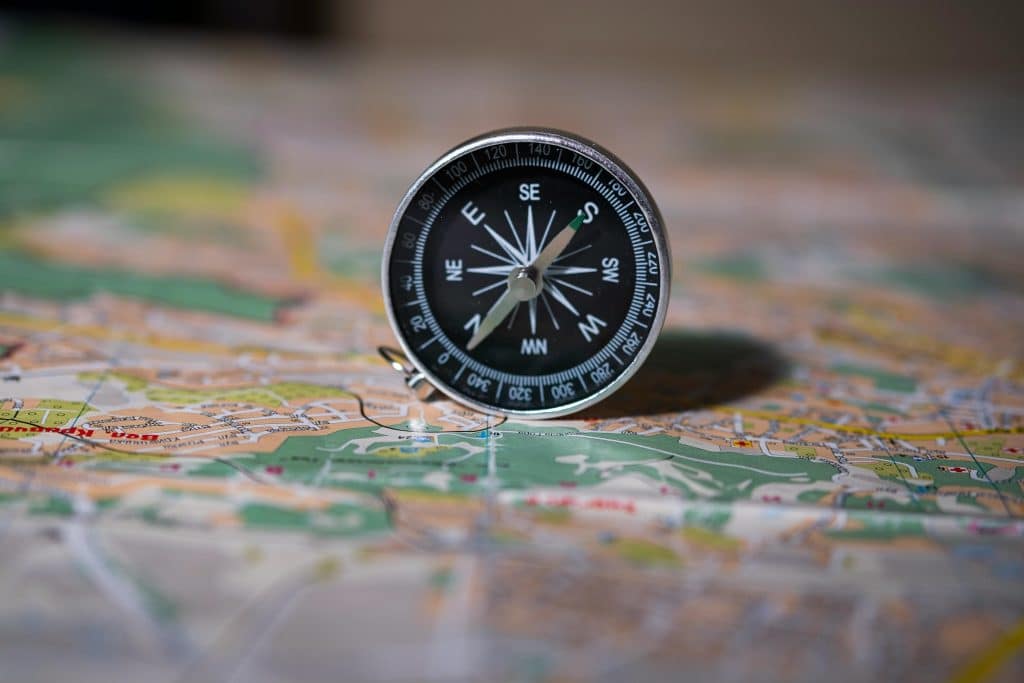As the world accelerates with constant notifications, endless feeds, and remote demands, digital minimalism is gaining momentum. More people are disconnecting from digital noise and rethinking their screen time—not out of nostalgia, but necessity. This article explores how digital minimalism offers a practical approach to staying centered in a fast-paced world.

What Is Digital Minimalism?
Digital minimalism is a philosophy that encourages intentional technology use. It doesn’t reject tech but redefines its role. Instead of mindlessly scrolling or multitasking across platforms, digital minimalists use technology to serve specific purposes—then unplug.
This approach was popularized by computer science professor Cal Newport, who argues that reclaiming control over your digital environment can significantly improve mental clarity and life satisfaction (Newport 2019).
Why Digital Minimalism Is More Relevant Than Ever
Between hybrid work, social media, streaming, and AI-powered feeds, the average person spends over 7 hours per day on screens (DataReportal 2024). This constant engagement can erode focus, disrupt sleep, and increase anxiety.
Digital minimalism offers a counterbalance. It creates digital boundaries that help users become more present, more productive, and less overwhelmed.
How Digital Minimalism Helps You Stay Centered
1. Reduces Mental Clutter
Reducing unnecessary apps and screen time clears cognitive space. When the brain isn’t bombarded with dopamine spikes from likes, shares, or headlines, it functions more calmly and with greater depth of focus.
Research from the American Psychological Association shows that digital overload is directly linked to increased stress and lower sleep quality (APA 2023).
2. Restores Time for Meaningful Activities
By cutting out digital distractions, you recover time for hobbies, conversations, walks, or deep work. It’s not about doing less, but doing more of what matters—without tech constantly fragmenting your attention.
3. Strengthens Relationships
Digital minimalists often report improved communication with family and friends. Face-to-face time replaces passive scrolling. When devices are no longer allowed to interrupt conversations, connection deepens.
Key Practices for a Digital Minimalist Lifestyle
If you’re new to this, don’t worry—it’s not all-or-nothing. Here’s how to begin with intention.
1. Conduct a 30-Day Digital Declutter
Inspired by Cal Newport’s method, this involves removing all optional digital tools for 30 days. Use only essential tools (e.g., work email, online banking). At the end of 30 days, reintroduce tools that truly add value.
2. Turn Off Non-Essential Notifications
Limit your phone to core alerts (calls, texts, calendar). Disable social media notifications entirely. This small step significantly reduces distraction.
3. Designate Tech-Free Zones and Times
Establish screen-free blocks during mornings, meals, and before bedtime. Use analog alternatives—like books or journals—instead of reaching for your phone.
4. Audit Your Apps Weekly
Delete apps that no longer serve your goals. Ask: “Does this app align with how I want to spend my time?”
Tech That Supports Digital Minimalism
Ironically, some tools can help reinforce minimalist behavior:
- Forest App – Rewards you for staying off your phone.
- Focusmate – Pairs you with virtual coworkers to stay accountable.
- E-Ink Tablets – Like the reMarkable 2, offer distraction-free writing and note-taking.
Use tech with guardrails—not endless scroll potential.
Common Myths About Digital Minimalism
Myth: It’s Anti-Technology
Reality: Digital minimalism isn’t anti-tech. It’s about using tech wisely. You still use your phone, you just control how.
Myth: It’s Only for the Privileged
Reality: While access to offline alternatives can vary, digital minimalism can be practiced by anyone. It begins with habits, not hardware.
Myth: It Means Being Out of Touch
Reality: Many digital minimalists stay connected. They just control the when and how of connection, prioritizing quality over quantity.
Why Digital Minimalism Works in 2025
As AI-generated content floods platforms, attention spans drop, and burnout rates climb, intentional living is more than a trend—it’s a necessity. Businesses like Google and Meta are even introducing wellness features that align with minimalist principles, such as screen time caps and focus modes (Google Wellbeing 2024).
Digital minimalism aligns with both modern health goals and time management needs, offering real benefits in an increasingly distracted society.
Final Thoughts
In a world where everyone is always connected, stepping back can be revolutionary. Digital minimalism offers a practical way to regain focus, deepen relationships, and reduce stress. You don’t need to unplug forever—you just need to reclaim your time, attention, and peace of mind.
References
- Newport, C. (2019). Digital Minimalism: Choosing a Focused Life in a Noisy World. Portfolio.
- American Psychological Association (2023). Stress in America: Tech and the Mind. Available at: https://www.apa.org/news/press/releases/stress/2023/tech-mental-health (Accessed: 15 July 2025).
- DataReportal (2024). Global Digital Report 2024. Available at: https://datareportal.com/reports/digital-2024-global-overview-report (Accessed: 15 July 2025).
- Google Wellbeing (2024). Digital Wellbeing Tools for Android. Available at: https://wellbeing.google/tools/ (Accessed: 15 July 2025).









